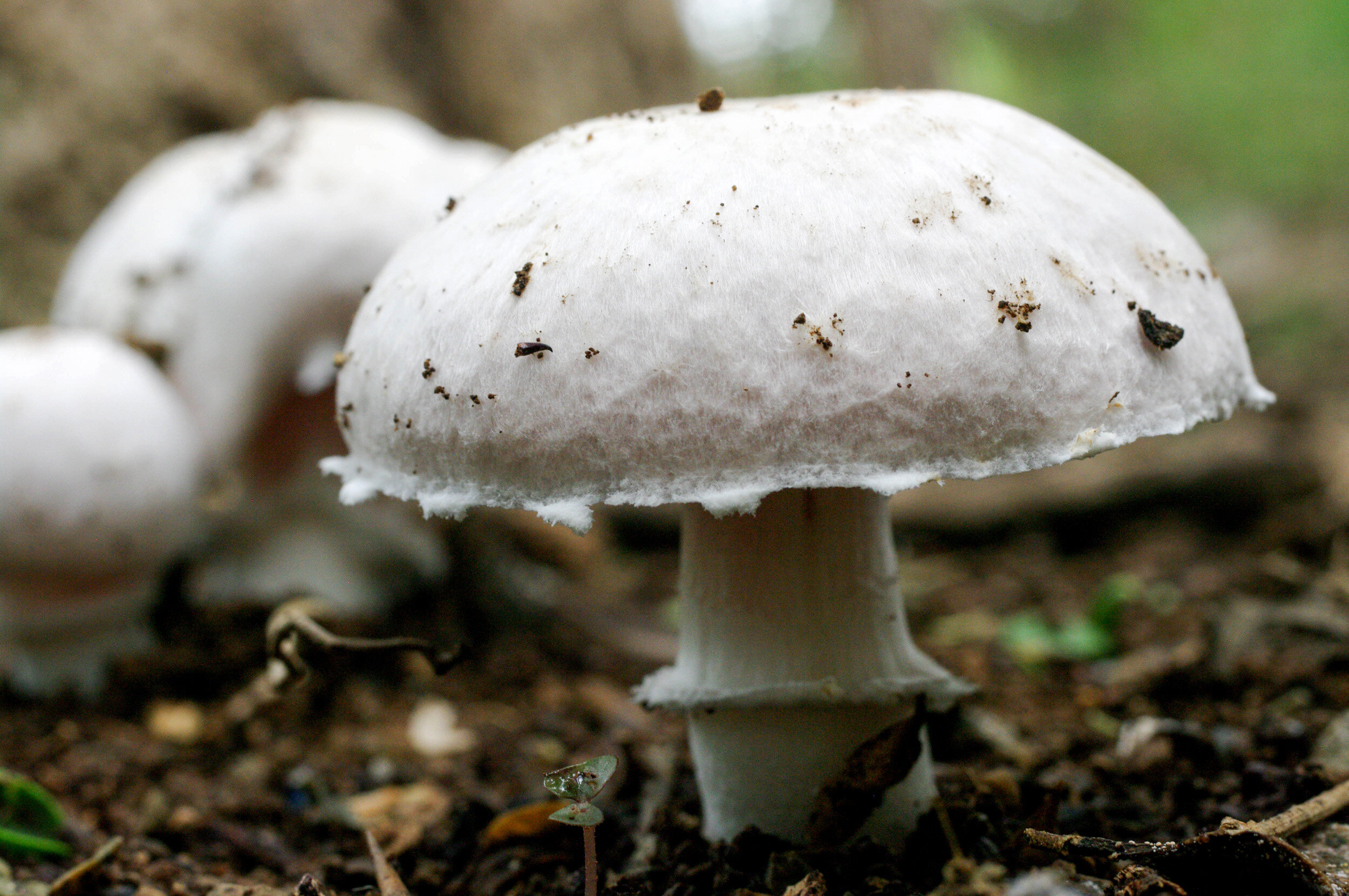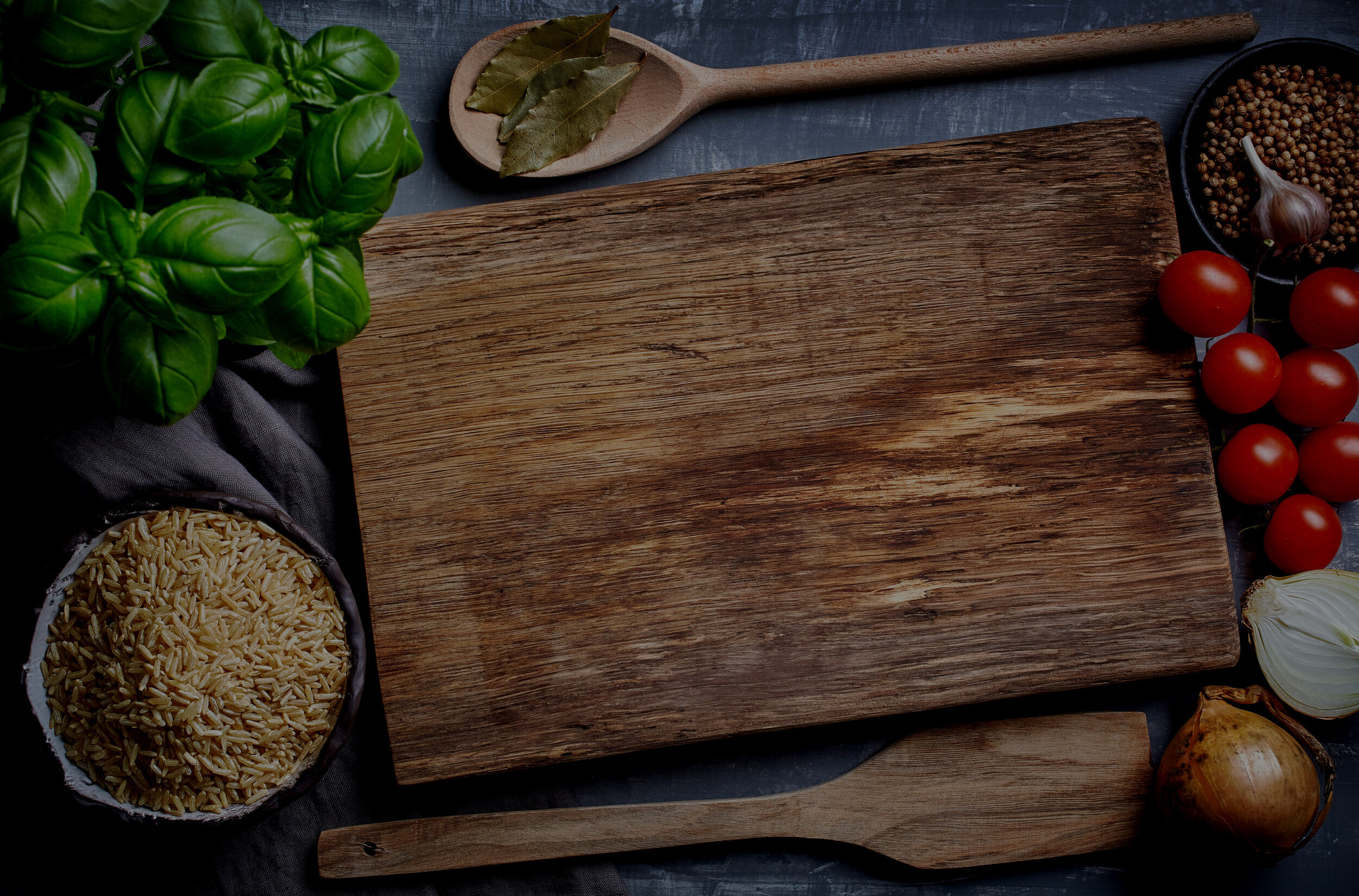
Agaricus arvensis
HORSE MUSHROOM
Order: Agaricales, family Agaricaceae
CAP SWEET-SMELLING, OFTEN BRUISING YELLOW
Cap: 7-20 cm wide; oval then convex to plane, with veil remnants sometimes at edge of cap; white/cream to yellowish, especially at center; smooth becoming slightly scaly or cracked; flesh bruising yellow, particularly young specimens; odor almond or anise
GILLS WHITISH THEN BLACKISH BROWN
Gills: free from stalk at maturity; close together; gray/white becoming blackish brown (never pink)
STALK WITH SKIRTLIKE RING WITH COGWHEEL PATTERN
Stalk: 5-12 cm long, 1-3 cm wide; smooth, white, bruising yellowish, but flesh at base is not yellow
Ring: cogwheel-like patches or warts on under side, especially before cap pulls away, leaving a conspicuous ring
SPORE PRINT BLACKISH BROWN
Spores: 6.5-9.0 x 4.5-6 µm, elliptical, smooth
Agaricus arvensis🍴Edible, Choice
FOUND IN LAWNS
LOOKALIKES
Pink gills when young, smaller
🍴Edible
Smells bad, yellow flesh at stem base
⚠️ Poisonous
White spores, volva
⚠️ ☠️ DEADLY POISONOUS
YOU MIGHT ALSO LIKE TO KNOW...
A delicious mushroom, maybe the best city edible. But, like other great things in life, depending on your attitude of course, it's fairly uncommon. And when you do find it, it's often growing by its lonesome self—not in large groups like its poisonous lookalike the yellow foot Agaricus, which has bright yellow flesh at the lower tip of the stem.
It's called the horse mushroom because it fruits in pastures. But, lucky for us urban gatherers, it appears in yards and lawns too. For example, just before writing this paragraph, I ate one from my front yard, elevating my lunch from ho-hum to memorable.
If your nose needs a little help distinguishing sweet-smelling, edible Agaricus—like the horse mushroom—from the chemical-smelling, poisonous ones, try this: Place your specimens in the oven for five minutes at 200 degrees and take a whiff.

PENELOPE'S PANTRY
The spicy odor and great flavor of the horse mushroom lends itself well to this recipe utilizing the Umeboshi, or pickled plum. This small, exceedingly sour plum is traditional in Japanese cuisine, often served one to a person as a standard part of the breakfast meal. The plums are a wonderful flavor enhancer in mushroom cookery, too. Almost any Japanese market carries Umeboshi plums. If you cannot locate them, try substituting a dash of sour vinegar and one T minced rhubarb.
CABBAGE AND HORSE MUSHROOM WITH PICKLED PLUMS
3 c shredded green cabbage, lightly salted, set aside
1 c sliced horse mushroom
1 T Umeboshi plums, pits removed (about 5)
2 T vegetable oil
2 t dark sesame oil
½ t sugar
salt to taste
Over a medium flame, heat the oils in a large skillet. Add the mushrooms, and saute for one minute. Add the salted cabbage and stir until just wilted. Stir in the sugar and plums. Cook for one more minute. Serve hot or at room temperature. Serves four as a first course.
A nice addition to this dish is 1/3 cup fresh or rehydrated hijiki, a threadlike sea vegetable available in Japanese markets. Hijiki is high in calcium and has a mild flavor, which I like best at room temperature.





